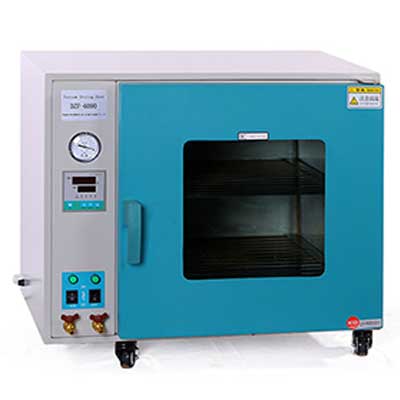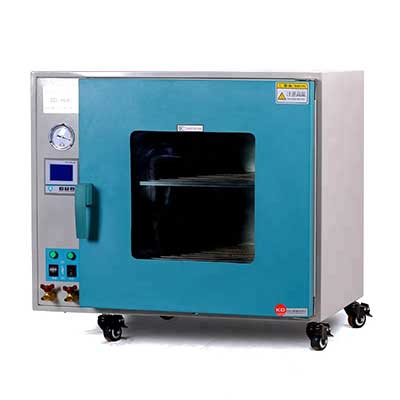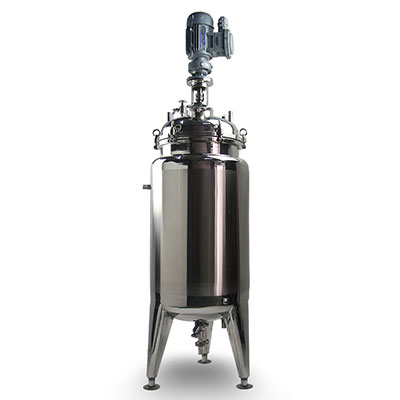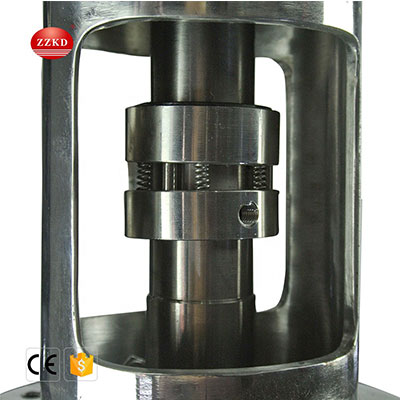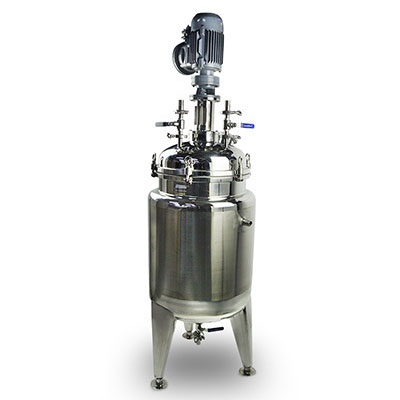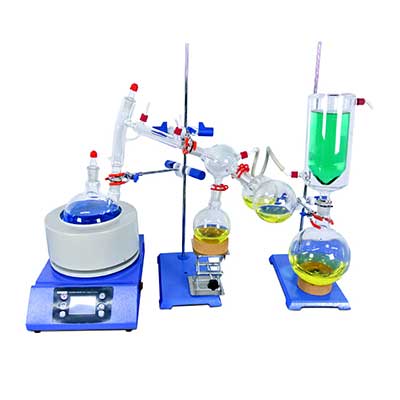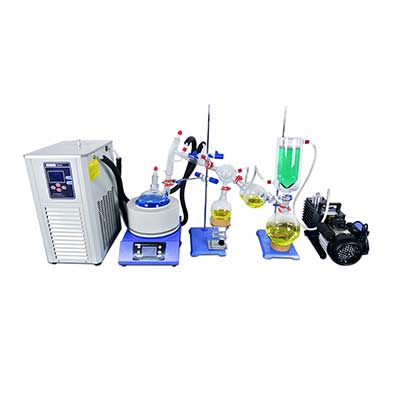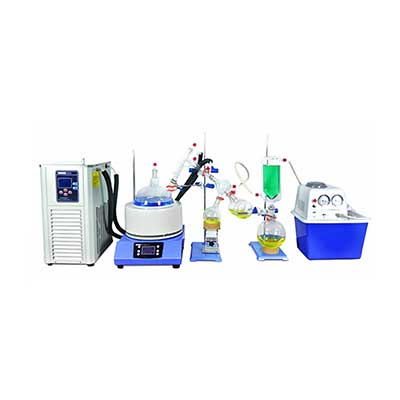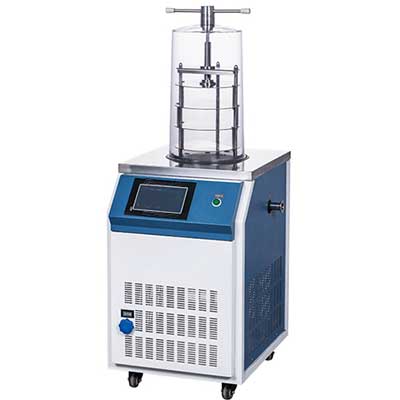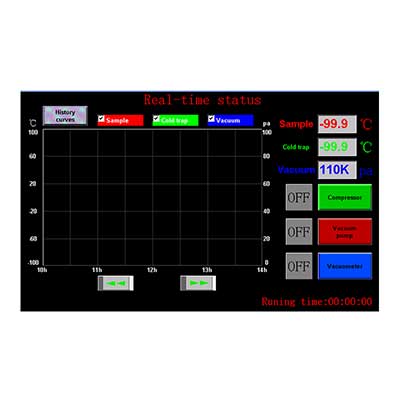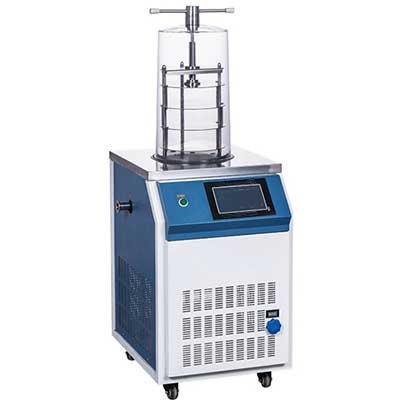-
WhatsApp
-
Email
Spray drying is a widely used industrial process in the food industry for the production of powdered products such as powdered milk, instant coffee, and fruit juices. The process involves atomizing a liquid into small droplets and then drying them by exposing them to a hot gas. In this article, we will discuss how to use a spray dryer machine to produce food products.
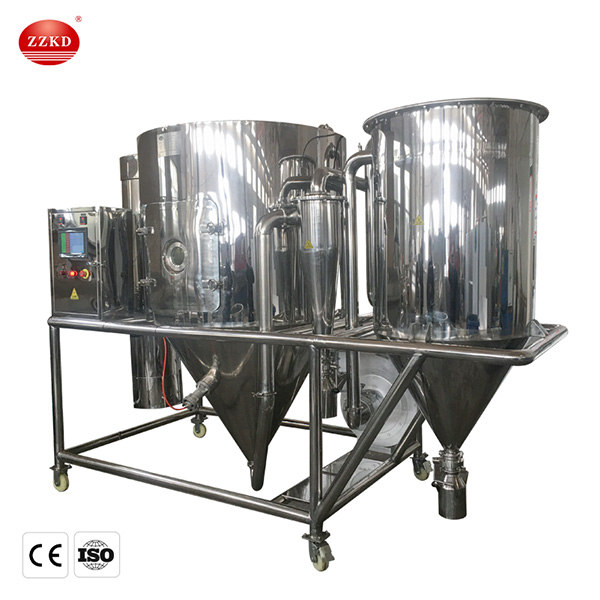
Step 1: Preparation of the Liquid Formulation
The first step in the production of a food product using spray drying is to prepare a liquid formulation that contains all the ingredients of the final product. This can include things like milk solids, coffee concentrate, or fruit juice. The liquid is then fed into the spray nozzle at the top of the spray dryer.

Step 2: Atomization of the Liquid
Once the liquid formulation has been prepared, the next step is to atomize it into small droplets. This is typically done using a high-pressure spray nozzle, which forces the liquid through a small opening, breaking it up into small droplets. The size of the droplets can be adjusted by varying the size of the opening in the spray nozzle.
Step 3: Drying the Droplets
As the droplets fall through the tower, they are exposed to hot air that is blown up from the bottom. The hot air evaporates the moisture in the droplets, leaving behind a dry powder. The temperature of the hot gas needs to be high enough to evaporate the moisture in the droplets but not so high that it damages the product. The flow rate of the gas is also important, as it affects the drying time and the size of the powder particles.
Step 4: Collection of the Powder
The dry powder is collected at the bottom of the tower and can be further processed or packaged for sale. The quality and properties of the final powder product can be affected by several factors, including the viscosity of the liquid, the concentration of the liquid formulation, and the temperature and flow rate of the hot gas.

Step 5: Cleaning the Spray Dryer Machine
After the production process is complete, it is important to clean the spray dryer machine thoroughly to ensure that it is ready for the next use. This involves removing any residual powder or liquid from the machine, cleaning the spray nozzle, and checking the condition of the machine parts.
Tips for Using a Spray Dryer Machine to Produce Food
Choose the right ingredients: Select high-quality ingredients that are suitable for spray drying, and ensure that they are well-mixed and free of impurities.
Adjust the process parameters: The temperature and flow rate of the hot gas, as well as the size of the droplets, can be adjusted to optimize the spray drying process for a particular product.
Monitor the process carefully: Regular monitoring of the drying process is important to ensure that the product is of high quality and meets the desired specifications.
Follow safety protocols: Spray drying involves the use of high-temperature gases and flammable liquids, so it is important to follow appropriate safety protocols to prevent accidents or injuries.
Clean the machine thoroughly: After each use, the spray dryer machine should be cleaned thoroughly to prevent contamination and ensure that it is ready for the next use.
In conclusion, spray drying is a highly efficient and cost-effective method of producing dry powders from liquids, making it an attractive choice for food manufacturers. By following the proper procedures for preparing the liquid formulation, atomizing the liquid, drying the droplets, and collecting the powder, food manufacturers can produce high-quality products using a spray dryer machine. Proper monitoring and cleaning of the machine are also important to ensure that the process is safe and effective. With the use of spray drying, food manufacturers can produce a wide variety of dry powders with specific properties to meet the needs of their customers, such as longer shelf life, improved texture, and increased solubility. The versatility of spray drying technology has led to its widespread use in the food industry, with applications ranging from dairy products to soups, sauces, and spices.
One of the benefits of spray drying is its ability to preserve the nutritional and sensory qualities of the original liquid product. The process operates at high temperatures for a short period, minimizing the exposure of the product to heat and thereby reducing the risk of thermal damage. This allows for the preservation of sensitive compounds such as vitamins, minerals, and flavor compounds. Additionally, the small particle size of the powder produced by spray drying allows for improved dispersion and dissolution in liquids, leading to improved product performance.
So, spray drying is an important technology for the food industry that allows for the production of high-quality dry powders from liquids. Its versatility, cost-effectiveness, and ability to produce powders with specific properties make it an attractive choice for food manufacturers. As the demand for convenient, high-quality food products continues to grow, the use of spray drying is likely to increase in popularity. By following the proper procedures and paying careful attention to the quality and safety of the products, food manufacturers can use spray drying technology to produce a wide range of high-quality food products that meet the needs of their customers.


